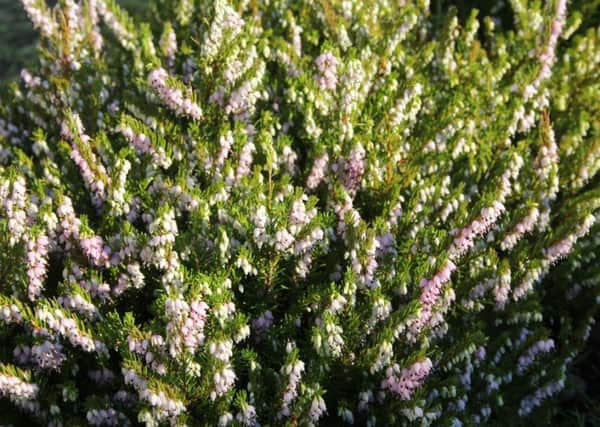Nature's strategies sees plants through the winter months


There’s a sense of wonder that comes from wandering amongst them all on a frosty day. How on earth can plants take such low temperatures in their stride 24/7, never mind flower? Nature is the answer. It has equipped them with various strategies to cope, but that’s another story.
Take the golden foliage of conifers, variegated leaves and coloured bark of shrubs, and a few fragrant flowers for good measure.
Advertisement
Hide AdAdvertisement
Hide AdThese ingredients come together to create winter harmony in this garden. Each can be enjoyed on a modest ramble or brought together in vase or bowl. Either way, they become good friends and can be built into a collection over time.
If unsure what to buy, one strategy involves visiting a garden centre regularly over a year and see which plants catch your eye in season.
If the cost of some plants is beyond an allocated budget and you’re prepared to create an ornamental garden over time, propagation by seed, division, offshoot, layering or cuttings is the answer. For example, the seeds of lavender for a hedge or group plantings, both English and French varieties, are on display now. You’ll also find packets of herbaceous perennials that can be sown outdoors in June.
It’s good to have gardening friends in order to share ideas and plant materials, especially from September to March when stems of soft fruits and shrubs are available, or the dividing up of perennials is possible.
Now is the time to remind an acquaintance they promised an offshoot of spiraea or lilac some months ago. Or perhaps it was a layered stem of rhododendron, spotted laurel, viburnum or blackberry?